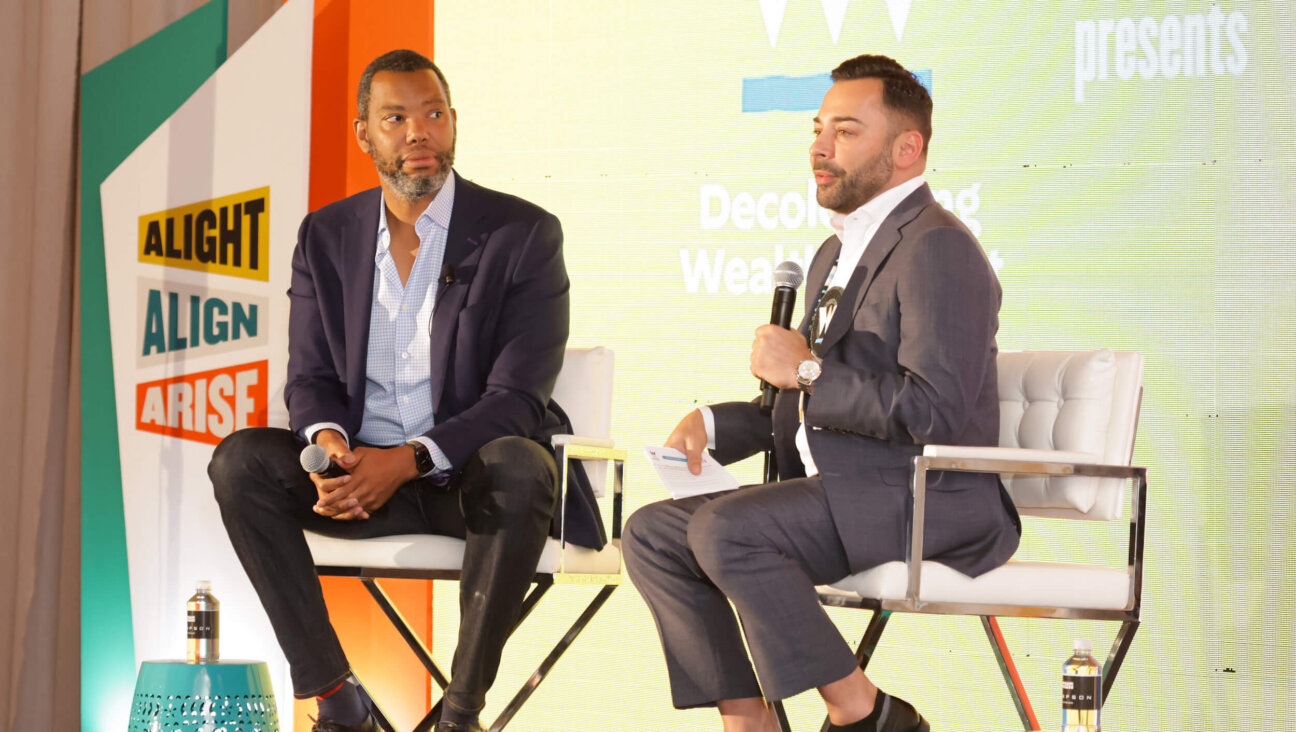Bringing Judaism Out of the Home, and Into the Public Square
‘Be a Jew in the home and a man [sic] in the street.” These words by the 19th-century Lithuanian Jewish poet Judah Leib Gordon became a rallying cry for the Haskalah, the Jewish enlightenment. With this slogan, Gordon urged Jews to keep their religious rituals in their homes and synagogues, while wearing modern clothes, pursuing a secular education and acting as ordinary citizens. Creating a sharp division between the private and the public spheres allowed a person to be both a Jew and a citizen — just not at the same time.
We may now be in the 21st century, but we are still stuck in Gordon’s paradigm. While Jews have achieved unprecedented integration and comfort in the United States, civic participation and Jewish practice have largely remained separate. It’s time to break out of the old dichotomy, and to take Judaism into the street.
The Jewish social justice movement, which has grown exponentially over the past decade, offers evidence that the stark division of life into “Jewish” and “secular” no longer speaks to American Jews.
Increasingly, Jewish communities look to Jewish legal and narrative texts, as well as to theology and ritual, for insights into contemporary issues and for inspiration to take action. Traditional observances such as Shabbat, kashrut and prayer have taken on new life as sources of renewal and meaning for those engaged in the day-to-day struggle of social change work. And that work itself has lent new relevance to halachic debates about ethics in business and politics.
These conversations about the Jewish perspective on social justice concerns still take place largely within the confines of the Jewish community. But they also belong in our city councils, town hall meetings, neighborhood organizations and even in Washington.
American Jews, of course, have long been champions of the strict separation of church and state. Individuals and communal institutions have successfully fought against school prayer, displays of religious symbols on public property and state funding for religious programs. This work is crucial in protecting against the privileging of certain religious groups over others, as well as in protecting religious organizations from state control.
But keeping church and state separate should not mean avoiding all talk of religion in public space. We should fight the coercive use of religion in public. But we should encourage rich discussion about the ways in which religious values might inform and guide decision-making about public policy.
I titled my Forward column “Public Judaism” because I believe that Judaism should be part of the discourse in America’s public square. For me, this means speaking publicly about the history and traditions that inspire Jews to pursue a more just society, sharing Jewish wisdom that offers insights into contemporary policy debates and then acting on these insights by mobilizing the Jewish community to build a more just America and world.
Public Judaism begins with mining our sources and history for wisdom that will help us to address contemporary social concerns. This might mean looking at talmudic debates about the relationships between employers and workers, medieval responsa about crime and punishment, and historical narratives of immigration. These texts, the accumulated wisdom of thousands of years of Jewish thinking, can help us understand contemporary issues more thoroughly and find new means of addressing today’s social and political challenges.
When I teach Jewish perspectives on contemporary issues, students often begin the class by stating their position on the issue in question: “I’m a business owner, and unions are nothing but trouble.” Or: “I’m a labor organizer, and I have no sympathy for the bosses.” By the end of our text-based conversation, these same students are able to see multiple sides of the issue, and to listen more openly to each other’s concerns. We should bring these conversations into the national debate by sharing the insights we have gleaned from them.
Let’s be clear: Public Judaism does not mean simply replacing one coercive religious stance with another more to our liking. It certainly does not mean imposing the demands of Halacha, or Jewish law, on an unsuspecting American populace.
Instead, we should acknowledge that Judaism does not have all of the answers, but it does cover most of the good questions. Along with examining Jewish insights, we also need to listen to other religious wisdom, to social science, to philosophy and ethics, and to the real-life stories of individuals. The conversation among all of these voices will generate better solutions than any one perspective ever could.
It is time to change our rallying cry. We are now called upon to “be a Jew in the home and a Jew in the street.” And taking Judaism public is likely to make America’s streets better places to be.
Rabbi Jill Jacobs is the author of “There Shall be No Needy: Pursuing Social Justice through Jewish Law and Tradition” (Jewish Lights, 2009).
A message from our CEO & publisher Rachel Fishman Feddersen

I hope you appreciated this article. Before you go, I’d like to ask you to please support the Forward’s award-winning, nonprofit journalism during this critical time.
We’ve set a goal to raise $260,000 by December 31. That’s an ambitious goal, but one that will give us the resources we need to invest in the high quality news, opinion, analysis and cultural coverage that isn’t available anywhere else.
If you feel inspired to make an impact, now is the time to give something back. Join us as a member at your most generous level.
— Rachel Fishman Feddersen, Publisher and CEO























